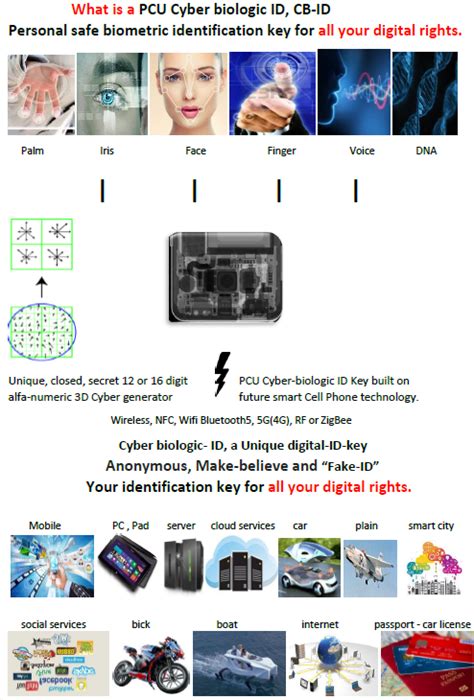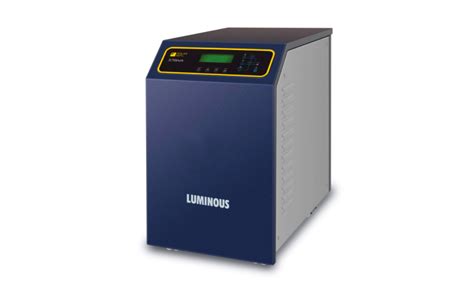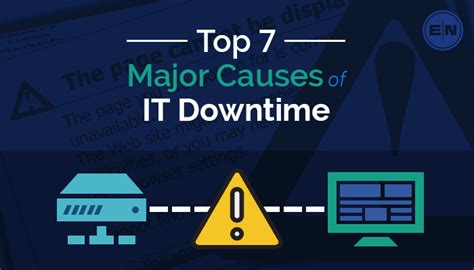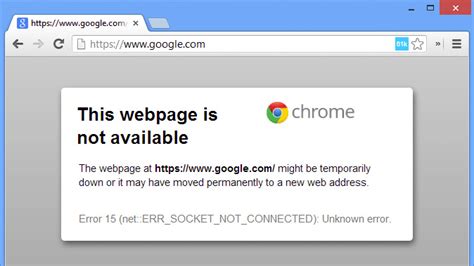PCU Unavailable: What's Causing the Downtime

Understanding PCU Unavailability

Power Conditioning Units (PCUs) are critical components in various industries, including manufacturing, healthcare, and data centers. These units are designed to provide a stable and reliable power supply, regulating voltage, and protecting equipment from power surges and other anomalies. When a PCU becomes unavailable, it can lead to costly downtime, reduced productivity, and potential data loss. In this article, we’ll explore the common causes of PCU unavailability and provide insights into resolving these issues.
Causes of PCU Downtime

Several factors can contribute to PCU downtime. Some of the most common causes include:
- Power Outages: Sudden loss of power due to grid failures, natural disasters, or internal electrical issues can render a PCU inoperable.
- Overheating: PCUs can overheat due to high ambient temperatures, poor airflow, or malfunctioning cooling systems, leading to shutdowns or reduced performance.
- Component Failure: Failure of critical components, such as transformers, capacitors, or circuit breakers, can cause a PCU to malfunction or become unavailable.
- Maintenance Issues: Neglecting regular maintenance, such as filter cleaning or battery replacements, can lead to PCU downtime.
- Configuration Errors: Incorrect configuration or settings can cause a PCU to malfunction or become unavailable.
- Aging Infrastructure: Older PCUs may experience more frequent downtime due to aging components or outdated designs.
Troubleshooting PCU Downtime

To quickly resolve PCU downtime, it’s essential to follow a structured troubleshooting approach:
- Identify the Root Cause: Determine the underlying reason for the downtime, whether it’s a power outage, component failure, or configuration error.
- Assess the Situation: Evaluate the impact of the downtime on critical systems and equipment.
- Notify Stakeholders: Inform relevant teams and stakeholders about the downtime and provide estimated resolution times.
- Implement Temporary Solutions: If possible, implement temporary workarounds or backup power solutions to minimize downtime.
- Perform Repairs or Replacements: Execute necessary repairs or replacements to restore the PCU to operational status.
Preventative Measures

To minimize the likelihood of PCU downtime, consider the following preventative measures:
- Regular Maintenance: Schedule regular maintenance, including filter cleaning, battery replacements, and software updates.
- Monitoring and Logging: Implement monitoring and logging systems to detect potential issues before they cause downtime.
- Redundancy and Backup Systems: Design and implement redundant systems and backup power solutions to minimize the impact of downtime.
- Training and Awareness: Educate personnel on PCU operation, maintenance, and troubleshooting to ensure prompt resolution of issues.
Case Study: Reducing PCU Downtime in a Data Center

A data center experienced frequent PCU downtime due to overheating issues. To resolve this problem, the facility implemented the following measures:
- Improved Airflow: Installed additional fans and redesigned the data center layout to improve airflow and reduce temperatures.
- Regular Maintenance: Scheduled regular maintenance, including filter cleaning and software updates.
- Monitoring and Logging: Implemented a monitoring system to detect potential issues before they caused downtime.
- Redundancy and Backup Systems: Designed and implemented redundant systems and backup power solutions to minimize the impact of downtime.
As a result, the data center reduced PCU downtime by 75% and improved overall system reliability.
📝 Note: Regular maintenance and monitoring are crucial in preventing PCU downtime. By implementing these measures, organizations can minimize the risk of costly downtime and ensure reliable power supply to critical systems.
Best Practices for PCU Selection and Installation

When selecting and installing a PCU, consider the following best practices:
- Assess Power Requirements: Evaluate the power requirements of your equipment and systems to ensure the PCU can handle the load.
- Choose the Right PCU: Select a PCU that meets your specific needs, considering factors such as efficiency, reliability, and scalability.
- Proper Installation: Ensure proper installation, including correct wiring, grounding, and ventilation.
- Testing and Commissioning: Perform thorough testing and commissioning to ensure the PCU operates as expected.
By following these best practices, organizations can ensure reliable and efficient power supply to critical systems and minimize the risk of PCU downtime.
Conclusion

PCU downtime can have significant consequences, including costly repairs, reduced productivity, and potential data loss. By understanding the common causes of PCU unavailability and implementing preventative measures, organizations can minimize the risk of downtime and ensure reliable power supply to critical systems.
What are the most common causes of PCU downtime?

+
The most common causes of PCU downtime include power outages, overheating, component failure, maintenance issues, configuration errors, and aging infrastructure.
How can I prevent PCU downtime?

+
To prevent PCU downtime, consider implementing regular maintenance, monitoring and logging, redundancy and backup systems, and training and awareness programs.
What are the best practices for PCU selection and installation?

+
When selecting and installing a PCU, consider assessing power requirements, choosing the right PCU, proper installation, and testing and commissioning.



